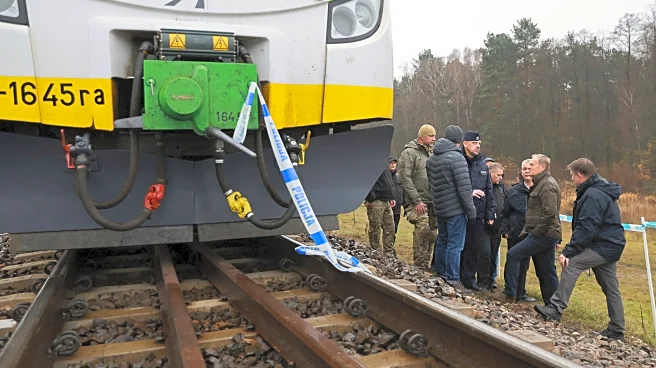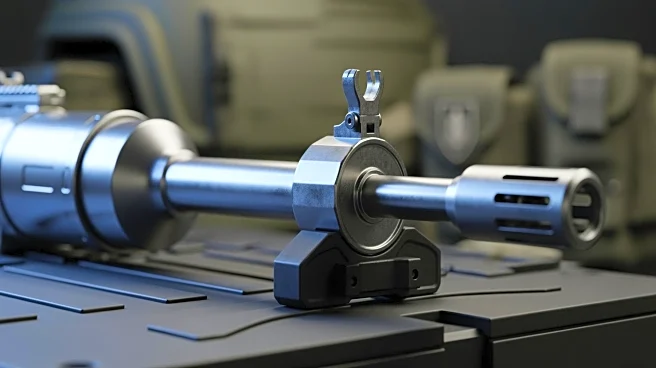What's Happening?
L3Harris is in discussions with European partners to offer its Bombardier Global 6500-based conformal airborne early warning (CAEW) platform for NATO's AWACS replacement program. The company aims to replace NATO's 14
remaining E-3A Sentry aircraft by 2035. The G6500 CAEW, equipped with Elta's ELW-2085 multiband radar and AI algorithms, provides intelligence, surveillance, and reconnaissance capabilities. L3Harris is seeking a European prime to collaborate on offering missionized business jet solutions for NATO's surveillance and control needs.
Why It's Important?
The replacement of NATO's AWACS fleet is crucial for maintaining effective airborne early warning and control capabilities. L3Harris's collaboration with European partners reflects the importance of international cooperation in defense technology development. The integration of advanced radar and AI systems enhances NATO's ability to monitor and respond to threats. This initiative supports NATO's strategic objectives in ensuring readiness and deterrence against aggression, highlighting the role of technological innovation in modern defense strategies.
What's Next?
L3Harris will continue discussions with potential European partners to finalize collaboration agreements for the AWACS replacement program. The development and integration of the G6500 CAEW platform will be closely monitored by NATO stakeholders. The focus will be on ensuring seamless interoperability and meeting NATO's surveillance and control requirements. As the program progresses, L3Harris will work on refining the platform's capabilities and addressing any technical challenges that arise during development.
Beyond the Headlines
The collaboration between L3Harris and European partners underscores the importance of international partnerships in defense technology innovation. The integration of AI and advanced radar systems highlights the role of cutting-edge technology in enhancing surveillance capabilities. The program reflects broader trends in defense modernization, emphasizing the need for continuous adaptation to evolving threats. The initiative also highlights the strategic importance of maintaining robust airborne early warning systems in ensuring NATO's readiness and security.












